Remember when a quarter felt like real money? Before inflation chipped away at its purchasing power, those 25 cents could unlock a world of simple pleasures and small luxuries. These weren’t just transactions—they were moments of joy, independence, and satisfaction that many of us still reminisce about decades later. Let’s take a nostalgic journey back to the days when dropping a quarter into a slot or handing one to a cashier felt like the best deal imaginable.
1. Arcade Games
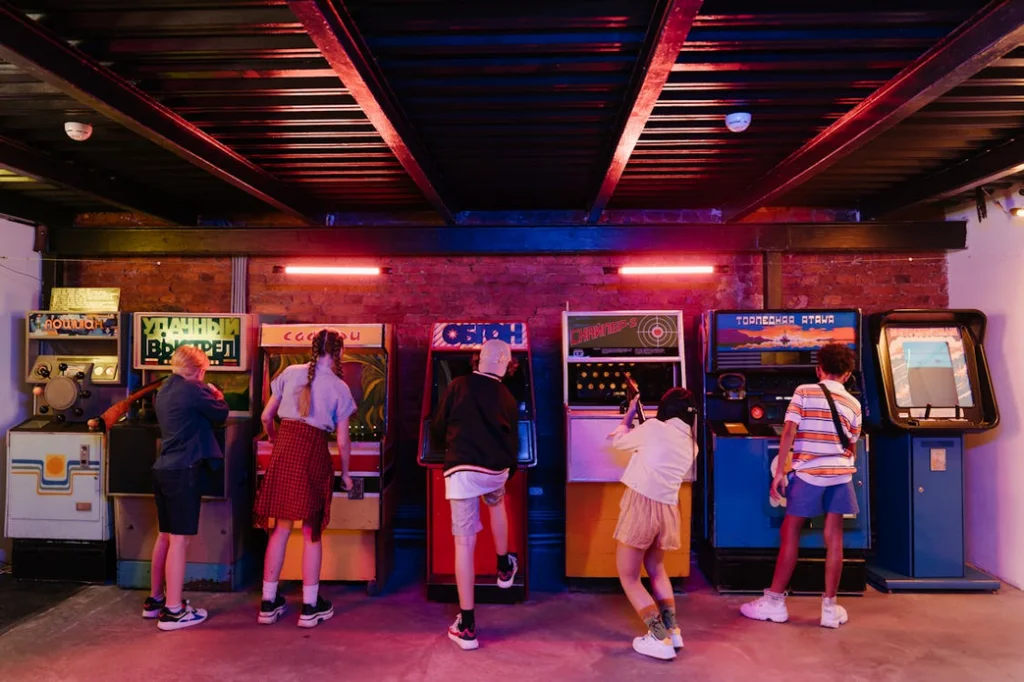
There was nothing quite like the feeling of walking into an arcade with a pocketful of quarters jingling with possibility. Each coin represented a chance to battle space invaders, navigate Pac-Man through a maze, or test your driving skills on Pole Position. The quarter’s worth of gameplay might only last a few minutes, but the rush of adrenaline and the chance to put your initials on the high score board made it worth every cent. As recounted by Arcade History, too, arcades would then reshape the gaming landscape for decades to come.
The social aspect of arcade gaming added immeasurable value to that quarter—friends gathered around to watch your progress, offering advice or waiting for their turn. The arcade itself became a community hub where kids and teens developed friendships, rivalries, and reputations based on their quarter-powered skills. Those moments when you stretched one quarter into twenty minutes of gameplay because you were “in the zone” created memories that have lasted far longer than any digital achievement unlocked on modern consoles.
2. Payphone Calls

Before cell phones tethered us perpetually to communication, a single quarter could connect you to anyone across town. Payphones represented independence for teenagers—a way to call home for a ride, coordinate with friends, or share exciting news without having to return to your house. The physical action of dropping in the quarter, hearing it fall, and waiting for the dial tone granted access to your entire social world. Smithsonian Magazine recounts the payphone’s winding journey from a promising new idea to a thing of the past.
The quarter-powered payphone created countless dramatic moments—hurried conversations before the time ran out, the disappointment of a busy signal after using your only quarter, or the sweet relief of hearing a familiar voice after getting lost. There was an unspoken etiquette around payphones—keeping calls brief when others were waiting, avoiding eavesdropping on strangers’ conversations, and the emergency courtesy of letting someone make a call if they were genuinely in need. The quarter payphone call taught us that communication had value and limitations—concepts nearly forgotten in our era of unlimited talk and text.
3. Gumball Machines
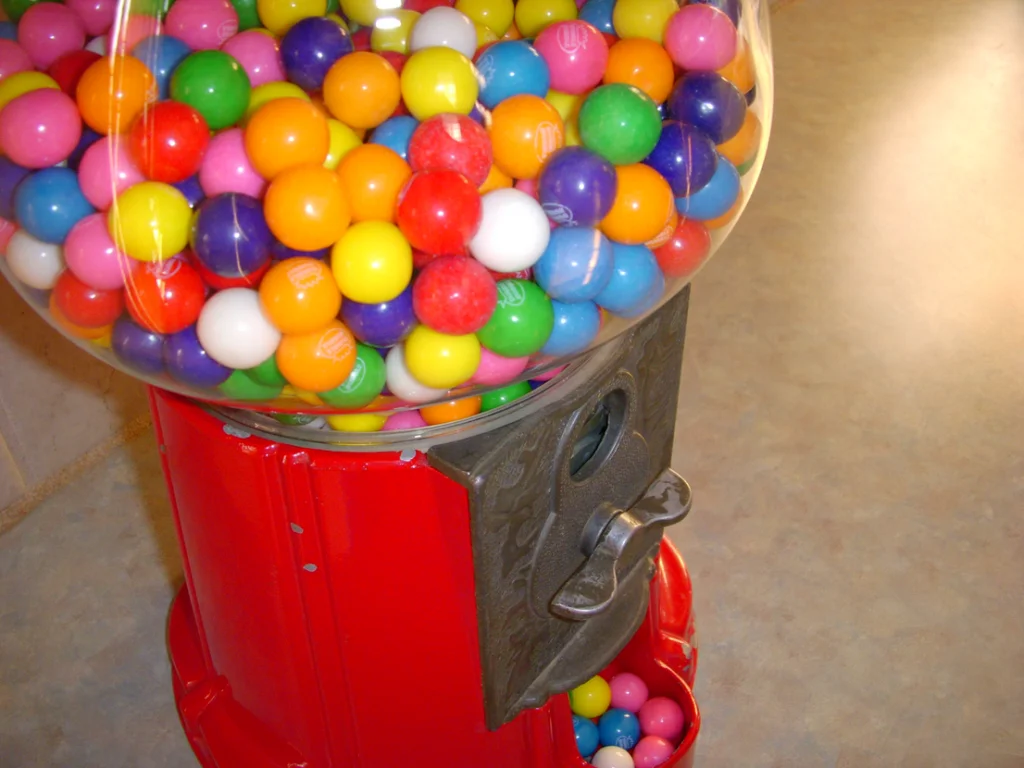
The gumball machine stood as a monument to childhood delight—a transparent globe filled with colorful spheres promising a moment of sweetness for just one coin. The ritual itself was as satisfying as the treat: inserting the quarter, turning the metal knob with a satisfying click, and watching your chosen gumball spiral down the ramp into your waiting palm. Parents appreciated that these simple machines taught important lessons about patience and the value of money to children just learning to handle currency. As noted by Appleton Sweets, gumball machines have the benefit of inspiring happiness and fondness from all generations, which grants them some potential staying power.
The best gumball machines offered an element of delicious suspense—you never knew exactly which color you’d get, and certain colors were rumored to have special flavors or good-luck properties. The quarter’s worth of gum could last an impressive amount of time if you resisted the urge to chew it too vigorously, making it an economical entertainment option for kids on a limited allowance. Unlike many of today’s commercial transactions, the gumball machine exchange was beautifully straightforward—one quarter, one gumball, no upselling, no hidden fees, just simple satisfaction.
4. Newspaper from a Street Box
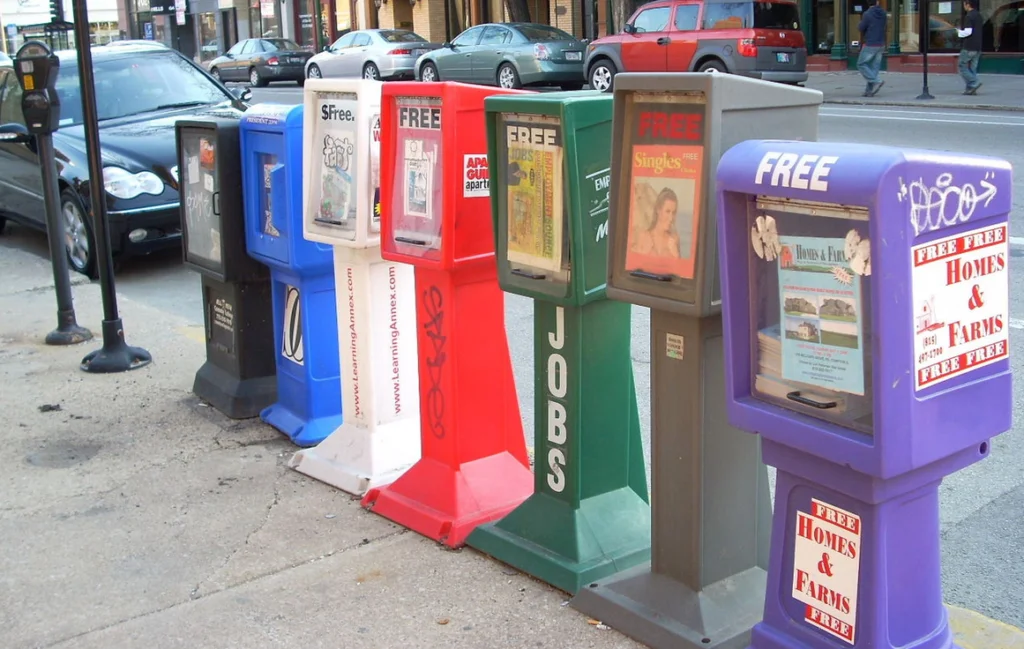
A quarter slipped into the slot of a newspaper box once unlocked access to the entire world’s happenings, packaged neatly in ink and paper. The satisfying chunk of the coin mechanism and the squeak of the metal door opening created a moment of anticipation before you extracted your personal copy of the day’s news. This daily ritual connected individuals to their communities and to global events, all for the price of a single coin.
The physical newspaper represented tremendous value—news reports, sports scores, comic strips, classified ads, crossword puzzles, and more could keep a person engaged for hours, all for 25 cents. Many people developed special relationships with their newspaper of choice, looking forward to specific sections or writers that spoke to their interests or worldview. The quarter newspaper encouraged civic engagement and critical thinking in ways that today’s free-scrolling news consumption often fails to match, proving that sometimes paying for information—even a nominal amount—changes how we value and interact with it.
5. Candy Bars
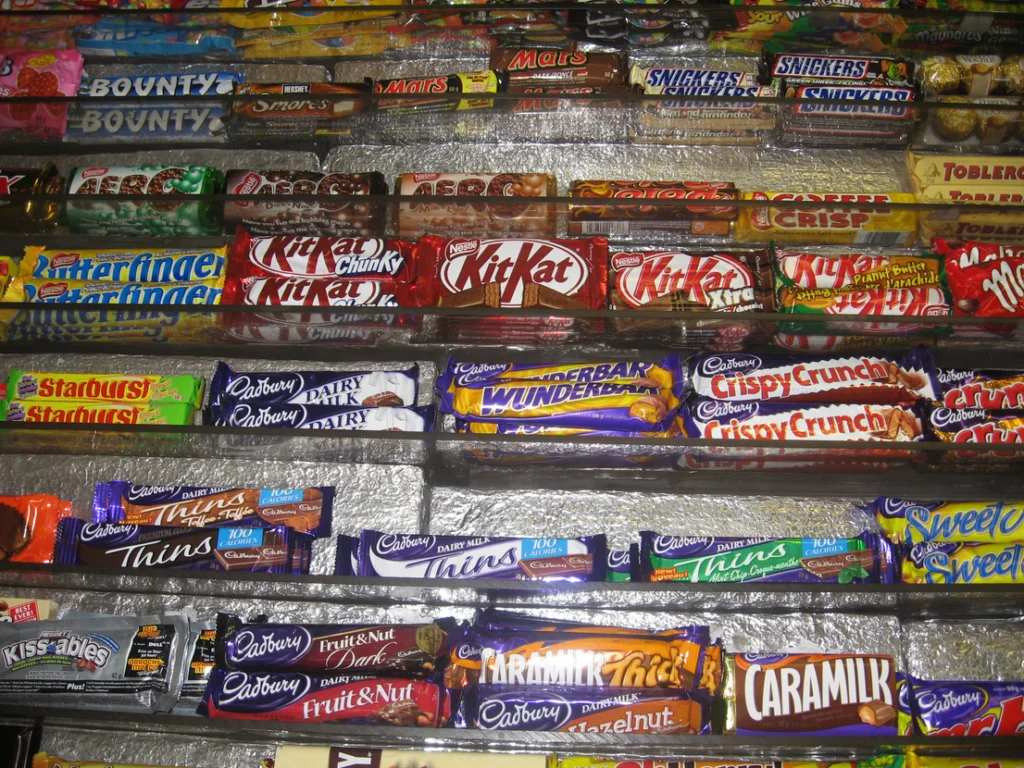
Before “fun size” miniaturized our expectations, a quarter bought a substantial candy bar—the kind that could be broken into sections and savored over time. These weren’t the slim, air-filled bars of today but substantial treats with heft and substance, making the quarter exchange feel like a genuine bargain. The ritual of selecting just the right candy from the store display represented one of childhood’s earliest exercises in consumer decision-making.
The quarter candy bar often served as a reward for good behavior, a comfort after a difficult day, or the centerpiece of a small celebration. Parents might dispense quarters for this purpose, knowing the simple joy a candy bar could bring without breaking the family budget. The quarter price point kept candy accessible as an occasional treat rather than an everyday indulgence, teaching children to appreciate small luxuries rather than take them for granted.
6. Public Swimming Pools

Summer days became magical when a single quarter granted admission to the neighborhood swimming pool—an oasis of refreshment, freedom, and social connection. That modest fee bought hours of entertainment, from cannonball competitions off the diving board to underwater tea parties to the simple pleasure of floating lazily under the sun. Families on tight budgets could afford to send multiple children for an entire afternoon of supervised activity, making the quarter admission a godsend during long summer vacations.
The quarter-admission pool served as a social equalizer where children from different backgrounds played together without awareness of economic distinctions. Lifeguards, often teenagers earning their first paychecks, maintained order and safety while embodying cool confidence that younger children aspired to achieve. The quarter pool fee taught children to value public resources and community spaces—concepts that continue to benefit neighborhoods where affordable recreation options still exist.
7. Carousel Rides
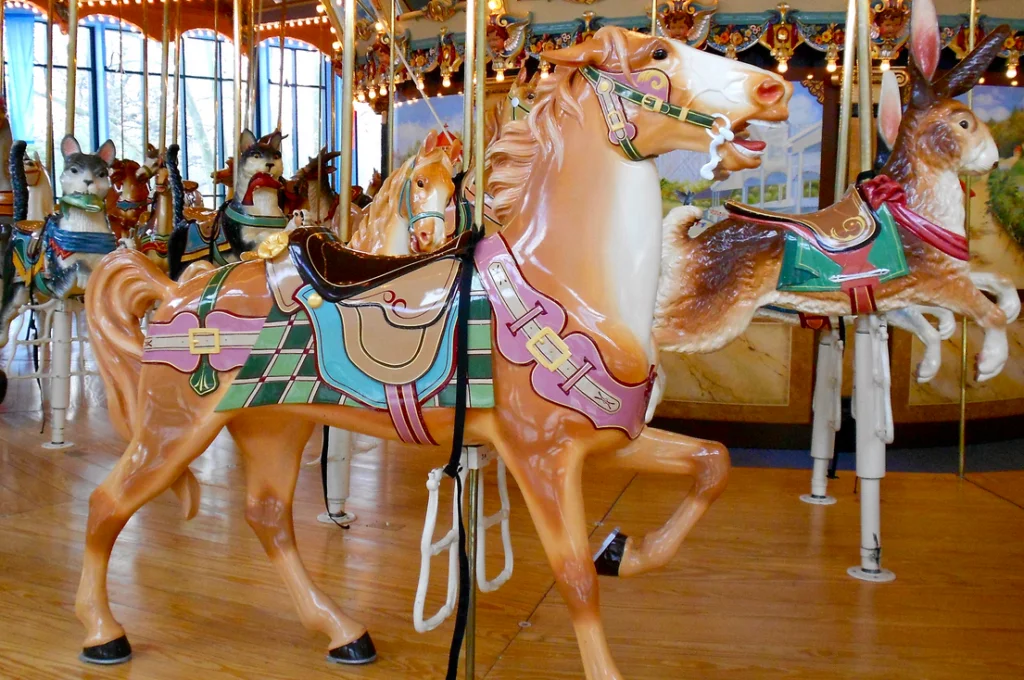
Few things captured childhood wonder like a carousel ride that cost just one shiny quarter. The rotating menagerie of horses and fantastic creatures, the mirrors and lights, the whimsical music—all combined to create a magical experience that seemed worth far more than 25 cents. Parents appreciated these affordable rides that delivered predictable joy without the queasiness or fear that more extreme amusements might cause.
The quarter carousel ride represented a perfect intergenerational experience, with grandparents often standing beside the very same carousel where they once rode as children. Young riders faced important decisions—selecting the perfect mount (the horses that went up and down were particularly coveted), choosing between riding alone or doubling up with a friend, and determining whether to wave to watching parents on each rotation or maintain a dignified riding posture. These brief journeys aboard carved wooden steeds created core memories of childhood joy, all triggered by the humble quarter.
8. Hand-Cranked Machines at the Grocery Store
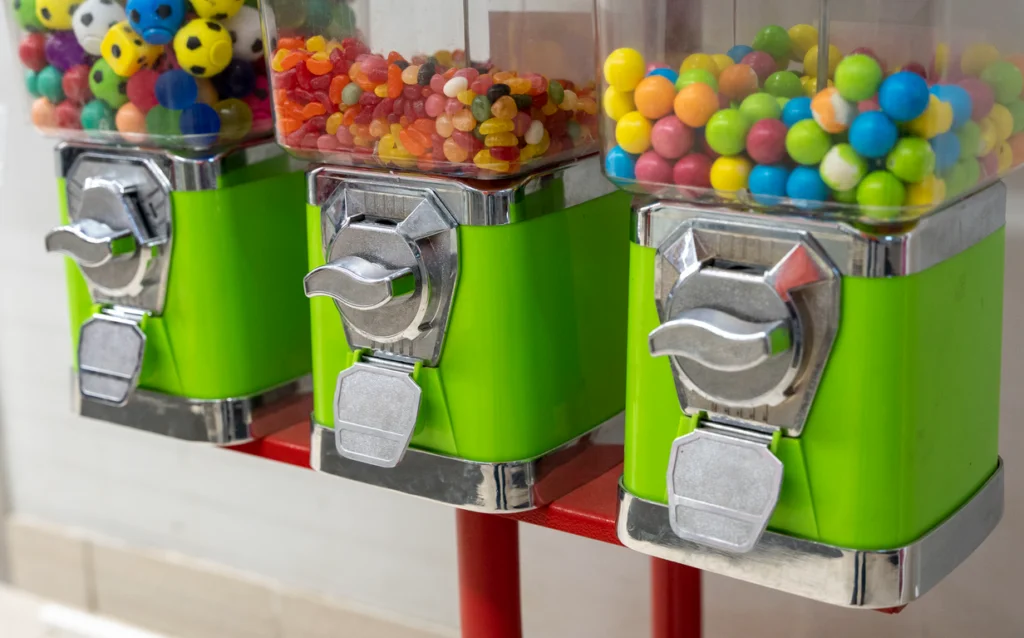
The front of the grocery store once featured an assortment of quarter-operated machines that dispensed small treasures in plastic capsules. With a turn of the metal crank, children received temporary tattoos, sticky hands, bouncy balls, or miniature figurines that provided disproportionate excitement relative to their actual value. Parents appreciated these machines as effective behavior incentives—the promise of a quarter for the “prize machine” could motivate cooperation throughout an entire shopping trip.
The anticipation of what might emerge from these machines often exceeded the joy of the item itself, teaching children about chance, patience, and sometimes disappointment when the capsule contained a duplicate or less desirable option. Collections of these quarter treasures accumulated in children’s rooms, each item carrying the memory of the specific trip when it was acquired. The quarter machine prizes served as affordable status symbols on school playgrounds, where trading and comparing collections became important social currency.
9. Laundromat Dryers
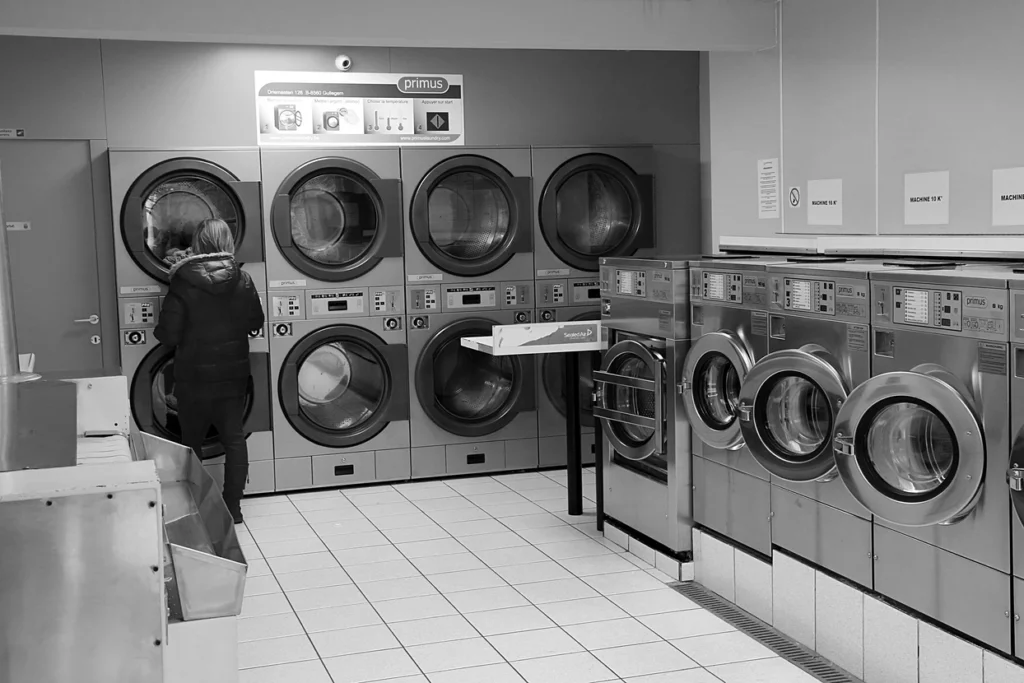
For apartment dwellers and college students, the quarter-operated dryer represented a practical miracle of modern convenience. Four quarters might start the washer, but that final quarter for the dryer transformed damp, heavy clothes into warm, fluffy comfort ready to wear. The quarter dryer created a strange temporal space where time could be spent reading, studying, or socializing while completing a necessary household task.
Laundromats fostered unique communities where strangers sharing the quarter-based economy developed unspoken codes of conduct—respecting machine time limits, helping watch others’ laundry, and engaging in the camaraderie of shared domestic labor. The quarter system taught valuable budgeting skills to young adults newly responsible for their own laundry, who quickly learned to keep a strategic stash of coins for this essential purpose. Those who forgot quarters sometimes found unexpected kindness from laundromat regulars willing to spare a few coins, creating small moments of generosity that brightened otherwise mundane washing days.
10. Bubble Gum Cards
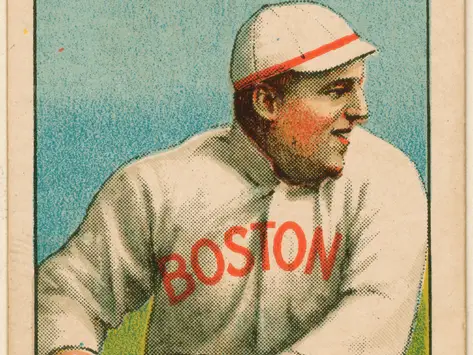
Sports cards, movie character collections, and other themed bubble gum cards once represented the perfect quarter investment for young collectors. Each wax pack contained not just potential treasures for trading and collecting but also a stick of gum that added sensory pleasure to the unboxing experience. The anticipation of what might be inside—perhaps a rookie card of a future star or the final card needed to complete a set—made each quarter purchase feel like a potential jackpot.
Trading card collections transcended mere ownership to become social activities that built negotiation skills, knowledge of sports statistics, and friendship networks based on shared interests. Children learned financial concepts through card collecting—scarcity, condition grading, market value, and long-term investment—all stemming from quarters spent at corner stores and drugstore counters. Many adults still fondly recall specific cards acquired through these quarter purchases, some of which have appreciated in value far beyond their humble origins.
11. Jukebox Songs

The quarter-fed jukebox democratized musical entertainment, allowing anyone with loose change to become the evening’s DJ. Scanning the selections, making your choice, and watching as the mechanical arm selected your record created a moment of anticipation before your chosen song filled the diner, bowling alley, or pizza parlor. The quarter jukebox created shared experiences as patrons collectively enjoyed (or endured) each other’s musical preferences.
Jukeboxes encouraged musical discovery—sometimes you might choose a familiar favorite, but other times you might spend your quarter on something new that caught your eye. Teenagers often pooled their quarters for maximum impact, creating mini-soundtracks for their social gatherings and memories that would become tied to specific songs for decades afterward. The quarter jukebox taught young people that music had value worthy of payment, an economic lesson largely lost in today’s streaming environment where access to millions of songs costs little more than what three jukebox songs once did.
12. Coffee To Go

Before specialty coffee shops transformed caffeine into a luxury experience, a simple quarter could buy a perfectly respectable cup of coffee at diners, gas stations, and cafeterias across America. This no-frills brew came in a simple paper cup or sturdy ceramic mug, offering warmth, comfort, and caffeine without pretension or pronunciation challenges. The quarter coffee represented democratic refreshment—accessible to working people starting early shifts or students studying late.
The quarter coffee fostered community as people from all walks of life gathered around counters and tables, sharing conversation over identical cups purchased for identical prices. The coffee itself became secondary to these social connections—friendships formed, business deals made, and romances kindled over countless quarter refills. In many establishments, the “bottomless cup” policy meant that a single quarter could sustain both body and spirit through lengthy conversations or contemplative solitude, making it perhaps the most valuable quarter ever spent.
Today’s financial landscape makes the quarter seem almost quaint—often worth less than the effort of bending down to pick it up from the sidewalk. Yet those who remember the quarter’s former purchasing power understand what’s been lost beyond mere economics. These 25-cent transactions represented accessibility, simplicity, and small joys available to almost everyone. Perhaps what we really miss isn’t just the affordability but the straightforward value proposition: one coin, one simple pleasure, and the satisfaction of getting exactly what you paid for.


